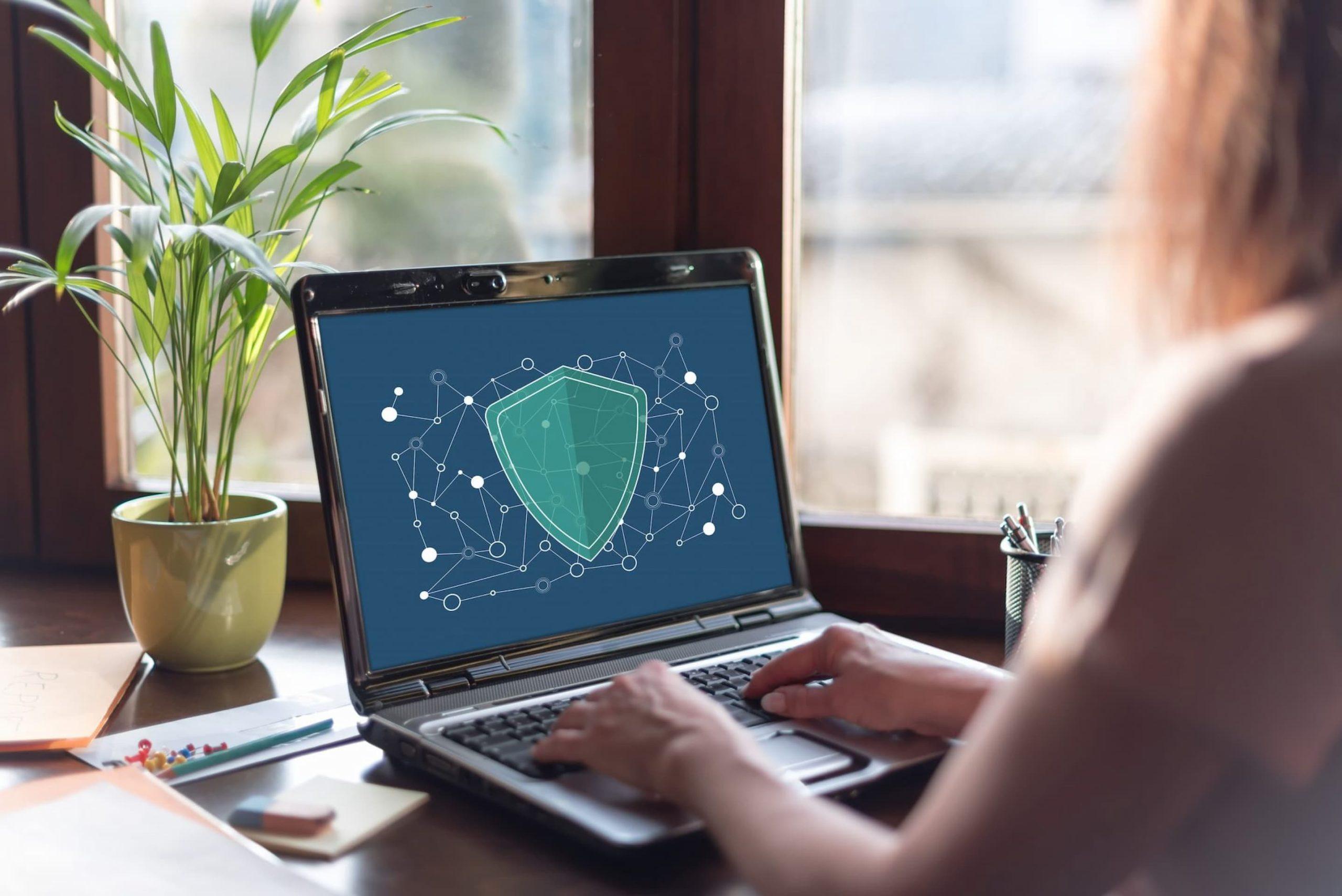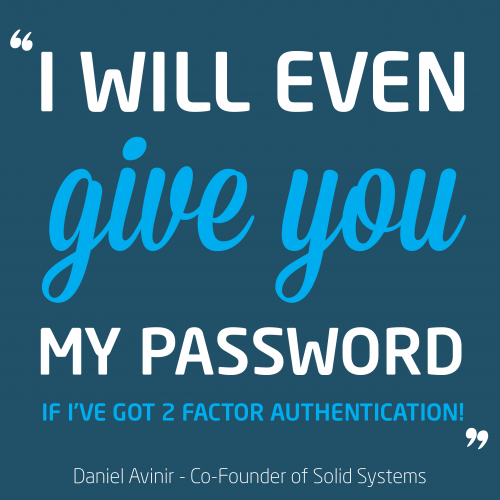
Back in the old days, the biggest threat to our home computers were viruses. They would cause chaos, destroying personal effects like photographs and the few items that you may have brought home with you from work. These days, working from home has become the norm. And the impact that an attack can have extends far beyond your personal effects.
Where before we had to be wary of downloading suspicious files, today we need to be wary of everything that we do. From opening an email, to clicking a link, to opening what looks like a legitimate attachment. Cyberthreats are around every corner, and they’re not interested in your personal files and photographs. They want to find ways to gain access to your business data. Remote working makes this ever easier, since home networks are far easier to infiltrate than the highly restricted work environments.
But there are ways to keep yourself, and your company, safe. Let’s look at 7 security tips for working remotely:
7 Security Tips for Working from Home
As an individual, it’s important to follow these security tips for working from home. And for businesses it’s just as essential to make sure that your employees are putting these remote workforce security tips into effect. After all, this advice will not only protect users and their devices. It will keep your business secure as well.
1. Use Multi-Factor Authentication
If there’s one change that you make to the way you operate, one piece of advice that you take away from this article, only one of these security tips for working remotely that sinks in, let it be this one.
As Solid Systems co-founder and Client Success Manager, Daniel Avinir, explains, “I will even give you my password if I’ve got two factor authentication. It makes no difference. You still won’t be able to get in.”

What is multi-factor authentication? It involves using two or more pieces of information to log into your email address, your company’s cloud platform, or even your social media accounts.
The most common form of two-factor authentication is by having a password, and then setting up a device like your cellphone to receive a further code that confirms your identity. This means that if someone only gains access to your password, they still won’t be able to log in successfully.
2. Make Sure That Your Anti-Virus is Updated
The kind of viruses that were around in the ‘90s are not be as threatening as they once were. But the value of an anti-virus has become ever more important. With new threats emerging daily, it’s essential for you to both have an anti-virus, and to keep it updated. After all, anti-virus programs rely on information to ensure that threats are recognised before they can cause damage to your systems. The more recent the information the program has, the better protected you are.
3. Update Your Other Software as Well
It’s not just anti-virus software that needs to be regularly updated to keep your devices protected. Attackers are constantly looking for ways to exploit chinks in software armour. As soon as they find a gap, they will take it. This is known as a zero-day attack. It can cause chaos for software developers and users alike until a security patch is found. Once the patch is updated, you want to make sure that it’s implemented as quickly as possible to keep your device and network secure. This is why regularly updating the software that you use is one of the essential security tips for working remotely.
4. Don’t Use Public Wi-Fi (unless you have a VPN)
Public wireless is exceptionally handy. It helps you to check your messages and mails, and work from just about anywhere in the world. But it’s also exceptionally dangerous! Because information that gets transferred over public networks isn’t encrypted, it is easy for attackers to exploit the networks and gain access to confidential information like login credentials. These can, in turn, put your business data at risk. The only time you should use a public Wi-Fi network is if you are also using a VPN. This encrypts the data that you send over the network, making it more secure.
5. It’s Not Only About Cyber Threats
The security measures that we’ve looked at so far have all been related to cyber threats. But there is the physical threat of theft that looms over businesses as well.
When everyone’s left an office for the day, the space gets locked up and alarms get set. There may even be a security guard on duty if your office is based in a complex. When people leave their home offices for the day, these physical security measures usually aren’t put in place. And particularly when your workforce is operating on the move via laptops, cellphones and tablets, the risk of theft is exponentially higher.
Make sure that you take extra care to keep your devices as secure as possible. Consider keeping your home office locked when you’re not working. Keep a close eye on your devices when working away from home.
6. Keep Your Work in the Cloud
Having cloud backups of your documents, or working entirely in the cloud through an app like Microsoft SharePoint is a great way of keeping your work safe and secure.
Storing your documents on a local hard drive adds two layers of risk to all the work you do: the risk of something happening to the drive, and the risk of something happening to the files themselves. Not only can drives and devices be stolen, but they can also fail. The result is that all the information on them becomes corrupted. Plus, storing your files locally adds a layer of human error – a file being permanently deleted in error, for example. When you’re using cloud storage, and backing your documents up to the cloud as well, both of these risks are made almost entirely moot.
7. Keep Your Emails Secure
Email security should be one of your top priorities when it comes to working from home. Opening the wrong email, clicking on the wrong link, or downloading the wrong document can cause untold damage. It could allow malware and ransomware to spread across your network and infiltrate your business systems.
And it’s not just about being careful of what you open, either. It’s also about being careful of what you send, and how you send it. Passwords, for example, should never be sent over email. Neither should any other form of personal information, unless it’s encrypted.
Are your teams working remotely, or only remotely working?
Heeding these security tips for working remotely will not only see your own devices remaining secure from threat, but will add a layer of security for your business as well. After all, one of the most popular ways for cybercriminals to infiltrate business systems is through user credentials. Keeping security top of your mind when working from home not only makes you a model employee, but a responsible one as well.
Popular Searches
- Types Of Data Integrity
- Cloud Security Threats
- Advantages Of Outsourcing It Services
- How To Choose Managed Service Provider
- Cloud Migration Strategy
- Advantages Of Disaster Recovery Plan
- Advanced Persistent Threat
- Difference Between Backup And Disaster Recovery
- Stages Of It Risk Management
- Public Cloud Vs Private Cloud





